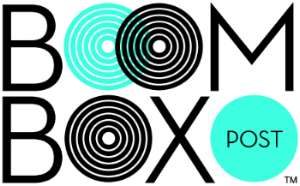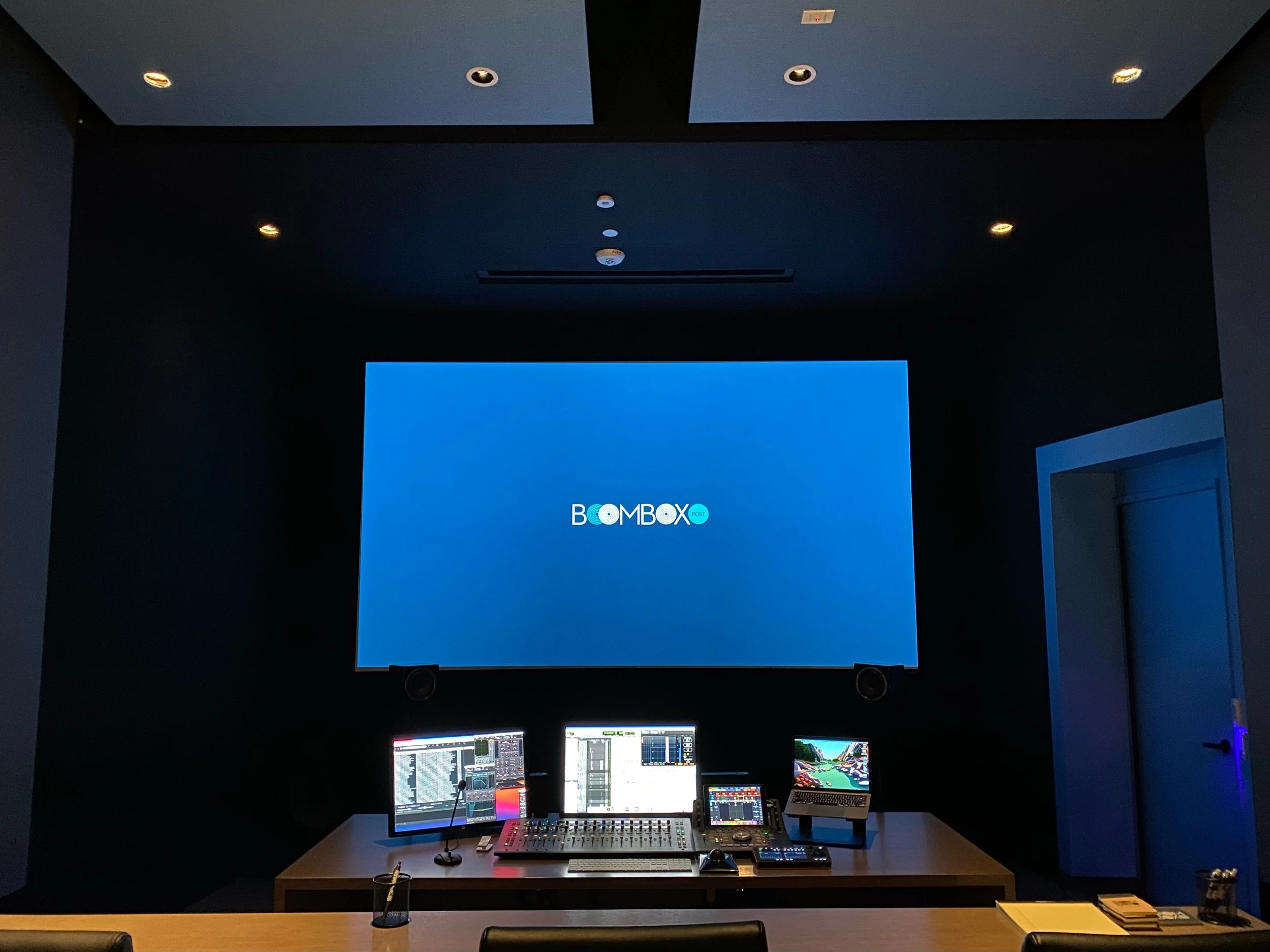Job interviews are a challenge. As much as you know you deserve the job, those interviewing you do not (yet). A job interview is a sales pitch; the product you are selling is yourself. No worries, you know yourself really well! You just need to bring your story forward in the best way possible.
Viewing entries in
How To
The first mix of any project, especially long-term projects like a television series, is always the hardest. Everyone involved in the sound package has done their best to put creative high-quality sound into the session. The mixing team have put in the effort to create a mix that they believe is of a quality that could air on television right out of the box. But, then the clients step into the room.
As a mixer, I try my best to do justice to the content. I use all of my tools to achieve balance and clarity. But the clients always have their own unique agenda of what’s important to the story for them, which plot-points need a little extra clarity from the sound, or which emotional beats are essential for the music to carry. There is no knowing these priorities and sensibilities until you’ve sat down in a room with the clients and gone through their notes one by one.
We recently finished construction on our brand new post sound facility in Burbank, CA. One of our top priorities was to have multiple mix stages under our roof, all of which ready for Dolby Atmos. The way we saw it, we might as well be on the forefront of this emerging format. Building a mix stage is challenging enough, but adding in the extra Atmos considerations meant we would be faced with lots of opportunities to learn. Lucky for us, we are all about continuing to learn here at Boom Box Post! It’s in that spirit that I want to share with you some of the details of our journey.
We have dozens of blog posts on how you can level up your sound editorial game. This post is intended to go beyond the basics - making sure you color code you work, cut for perspective, etc. This isn't about missing deadlines or forgetting to clean up markers in your session before turning in your work. These are mistakes that even seasoned sound editors make all the time. Avoiding these seemingly small mistakes could make a big difference in how you are perceived by your supervisors and those mixing your work.
Comedy is alive and well in both live action and animation. And as any sound designer worth their salt knows, our job is to support the script which often means supporting comedy. The best sound design can highlight what is already great about the picture and elevate it further by helping the audience to focus on it. So, how do we support a funny moment without dipping into our toony toolbox?
Over at our other company, Boom Box Library, we recently released “Magic Chimes,” a library of mark tree and bell tree recordings for sound design and music applications. The library has been a big success thus far, clearly filling a need in the sound library community. Creating it from scratch was very fun, so I thought it would be interesting to share the process with you.
From Back to the Future to Edge of Tomorrow, the concept and interpretation of “interdimensional time jumping” has been a key feature in sci-fi films and TV-shows. Such out-of-this-world story telling requires the support of creative and exciting sound design to immerse the viewer into the stretching of space. Read on to learn how Jessey builds a unique time jump sequence.
Before audio post-production was even a possibility, composers would incorporate the emotion and the action of what they saw on the screen into their musical scores. They played the role of sound FX editor and composer, with a technique referred to as “Mickey-Mousing” where the composer would exaggerate a character’s movements with specific orchestration and musical motives. Now that sound FX editors have taken this role in post-production, Mickey-Mousing is less common, so it’s key for sound FX editors to make cuts that work with the music in the overall mix for a film or tv-show. Here are some considerations and tips that our team shared on their approach to editing with music in mind.
Collaborating is a big part of our industry. Even in sound editorial, where we are usually by ourselves in a room when we work, we collaborate in projects with mixers, supervisors, Foley artists, and also share editorial with other sound designers/editors.
We are so excited to showcase our latest work in the new Netflix animated TV show, Centaurworld! In honor of the shows release, we asked one of our sound editors to dive into some of the magical sound elements she created for the show. Get ready to learn about how Katie designed the “magical artifact” seen in the trailer and first episode of Centaurworld!
I remember the first time I was on a mix stage, the mixer broke out this software tool that made it look like we were about to decode The Matrix. There were grainy shades of orange in crazy designs. What was I looking at?!?
That tool was the Spectral Repair module from Izotope RX and it’s a modern marvel.
As a mixer, I see all kinds of issues cropping up that originated in sound editorial. And with my background in sound editorial, I’ve surely committed every one of them myself at some point. Here’s a list of some common problems we see on the mix stage. Avoiding these problems will not only make your work easier to handle and more professionally presented, it will hopefully save you a snarky email or comment from a mixer!
The art of foley is an amazing magic trick that can really bring a production to life. If your project has the budget for custom foley, I would highly recommend taking advantage of skilled professionals to help bring this element of your soundtrack to life. That said, not everyone has the money and access to a professional foley team. Never fear! You can be your own foley team with incredible results. All from the comfort of your home, at little to no cost.
We’ve all been there. Upon starting a new project you’re told “picture is locked” which means there will be no further edits resulting in timing changes. Projects that stick to this promise are a dream. However, the reality of creative work is that it’s ever-evolving; and that includes picture editorial. Timing changes are inevitable, but they don’t have to be dreaded. With the right process, conforming to new picture can be relatively painless.
At the very beginning of 2020, Women’s Audio Mission reached out to me to ask if Boom Box Post would be interested in contributing to their upcoming Los Angeles popup by giving a workshop on sound design for television and film. We decided to put together a small event in May for 15-30 people which would introduce the audience to sound design and include some hands-on interactive components.
And then… COVID hit and it seemed that this plan to collaborate would need to be put off indefinitely due to travel, health, and safety concerns.
But, WAM being the incredible resource that it is for so many people in our industry, they quickly pivoted and created WAM Everywhere Live Classes, a series of free virtual workshops “to keep our community connected, supported, and learning during this time of social distancing and beyond.”
There are many different ways to be a great leader and a lot of different philosophies that can get you there. But this post isn’t to cover the theoretical side of leadership. This is a nuts and bolts how-to with specific tips regarding software, meetings, organization, and communication specifically pertaining to being a supervising sound editor. Obviously, there are many approaches on this front as well, but here’s what we do here at Boom Box Post with much success.
One of the most challenging sequences a sound editor can face is a car chase. Vehicles are tough. Even the most experienced designer can hit a wall when trying to make them work. This is by no means a complete guide, however, this primer should prove helpful for those looking to dip their toes into the wild world of vehicle sound editorial.
We have sound editors coming in to test for us on a regular basis. The single most common difference between an editor who has worked largely alone versus one that has worked within a sound team is the lack of knowledge when it comes to the basics. There are three concepts I consider essential that I ask edit testers about right off the bat: Perspective Cutting, Stair Stepping, Color Coding. I can learn a lot about their familiarity with these concepts based on their response. Even a slight hesitance to answer is a dead giveaway; you’ve only worked alone and without much direction.
All great editors start out as good editors. The hope is that you evolve as time passes, into an exceptional talent. I have seen it time and again here at Boom Box, often in very short order. An editor with lots of skill and professionalism decides to push for more. These great editors form our core team; the kind of editors you want to keep around. So what’s the secret? Well I’m happy to tell you that going from good sound editor to great sound editor is not that complicated.
Earlier this year, the team from The Loud House approached us with a brand new short designed as a 360° video for YouTube. Never having worked in this format, I did some searching and was surprised at how little information had been published on sound for spatialized video. After working it out for myself, I thought I’d share the details with our readers as a jumping off point should a project like this come across your desk.





















